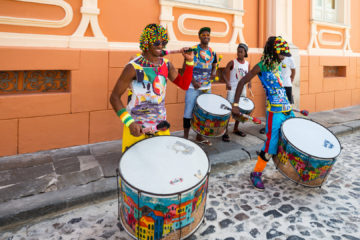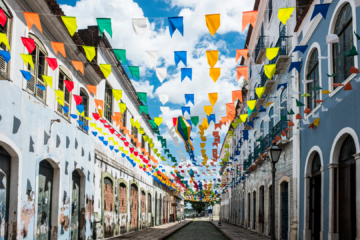Categories: Grammar
How to use Gostar + de in Brazilian Portuguese
Gostar + de Today we are going to learn about how to use Gostar. The regular verb, gostar, has a special rule attached to it. It is always followed by the proposition, de. Always. What is de? Read more…


